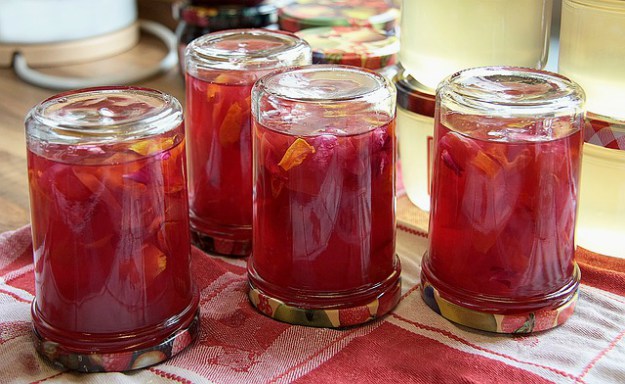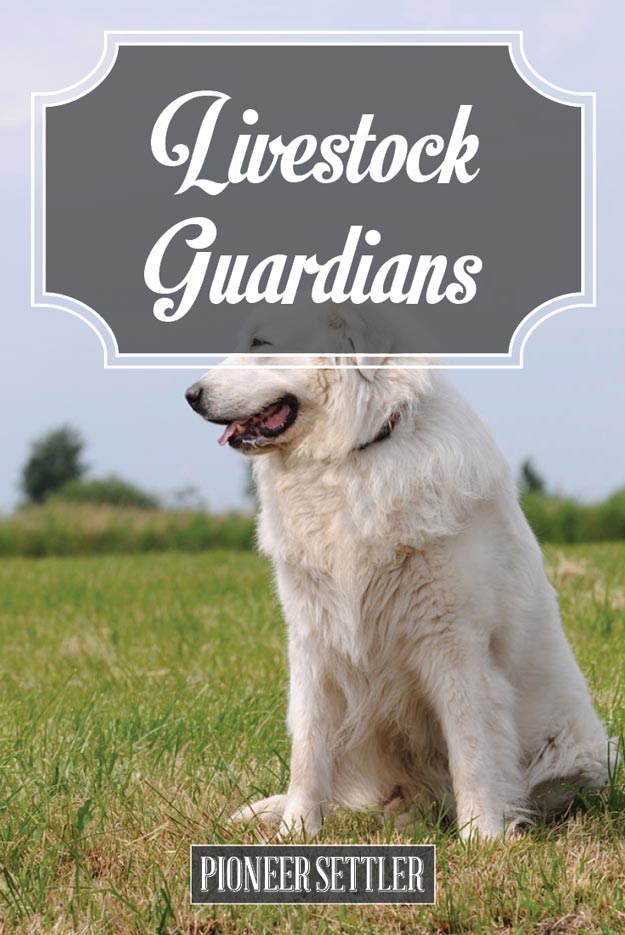Have you ever wondered how to get started with homesteading in Alaska? Well, we have a treat for you. Here are some great ideas to get you started on your Alaskan homestead! If you think it's harder to get started with the cold weather, think again. We'll show you how it really is!
Homesteading In Alaska Is Easier Than You Thought
If you think homesteading in Alaska is more complicated that what other's are doing in the other state, then, read on and discover that homesteading in Alaska is easier than you thought.
Whenever we want to start of something, having physical capability, dedication, commitment, and knowledge are just a few of the treats that we need to attain our goals and in doing a homestead in Alaska you will also need and do what others are doing in other places to get started with their homestead.
What You'll Need :
- Building Your Home or Cabin
- Food and Sustainability
- Equipment
- Tools and Materials
1. Building Your Home or Cabin
You can just simply do it, whatever that suits you. If you have the means and budget, buy your own materials and have a pro build it for you. If you are scarce of money after buying your lot, then you can settle for another option, especially if your lot has timber that you can use to build a log cabin. Just remember that if you wish to live comfortably in Alaska during long winters, it is advisable that your log should be at 8″ minimum because the bigger the diameter of the log the more insulation you have.
If you need the inspiration to get started with let's watch this video from Alaskanman4201 : Building a Cabin In Wasilla, Alaska.
2. Equipment

Whatever it is that may fit your needs specific for your locations. Examples would be snow machine, boat, 4 wheeler, dirt bike, 4-wheel drive, bush plane, etc.
3. Tools

You’ll definitely need some tools that can help you do your work. One option of a tool is an Earth Auger.
The Earth Auger is totally worth your investment. You can use it for different jobs that need to be done, such as :
- dig the holes for your infrastructure
- fence post holes
- outhouse
- root cellar
- or even a heavy duty garden tiller.
4. Food and Sustainability
Just like everywhere in the world, Alaskans, do grow vegetables and other plants in a garden and raise livestock. However, benefits and challenges are different from what others have, because of the following reasons.
- climate
- short growing period
- 24 hour a day sunlight
- predators
- storage facility
- availability and price of stock feed
It’s essential to know that gardening in Alaska will only have roughly May to September to grow a garden outdoors, some areas with luck will only have from June to the end of August.
Check out these 5 homesteading characteristics to see if it's the right fit for you! https://t.co/5hfxROkUci pic.twitter.com/5glqzPZ2RF
— Homesteading (@HomesteadingUSA) July 31, 2016
Raised Garden Beds
This is almost a necessity and even required in other areas in Alaska, because the Alaskan soil is extremely cold and are hard to work with. Raised garden beds are used to warm the soil and create the type of soil any homesteader wish to have. It makes the homesteader in Alaska grow crops in a controlled environment and that makes it more stable.
Read our post on Raised Garden Beds [Chapter 3] Homestead Handbook and learn how to make a raised garden bed for you homestead.
Green Houses

Depending your need and taste, greenhouses can go from plastic drapery over a few sticks in the ground to a well constructed and designed plans. You can have it attached to your cabin, or garage to have easy access and that will make it easier for you to attend to your plants need.
Check our post on How To Build A Greenhouse and get 7 Greenhouses For Bigger, Better Plants
Cold Frame Gardening

These are used to protect plants from frosty weather and also to retain heat. Most gardeners use cold frames to extend their gardening season. You see why this is necessary for gardening in Alaska, it is simply because there are crops, such as eggplants, okra, and pepper, requires high heat. Find out more about Cold Frame Gardening here.
Direct Sowing

Many people do not know that you can actually grow many types of grains in Alaska. Even the University of Alaska Fairbanks has developed a type of corn that produced small matures ears.
To properly plan your garden in Alaska, check the Monthly Garden Calendar for Alaska here.
Grains Grown Successfully
This does not mean that you can get rich by selling plenty of produce goods in the market but it simply means that you can simply grow enough for your needs, feeds for your livestock, for animal bedding, mulch, and even compost.
Types of Grains that Grown Successfully in Alaska
- corn
- barley
- amaranth
- quinoa
- rye
- wheat – doesn’t grow much grain in Alaska however, if you have enough space and means and ability to cut stalks, you can provide wheat straw for animal bedding and mulch.
Click here to learn how to grow Amaranth grain in Alaska.
Also, check this out “Recommended Variety List for Southcentral Alaska” from Cooperative Extension Service of the University of Alaska Fairbanks. It a list of fruit and vegetables that may grow well in your Alaskan garden.
Ways To Preserve Your Garden Produce
- canning
- solar dryers
- freezing
- root cellars
Canning

We all know how helpful canning procedure is. The question is if you know how to properly use your canning supplies? Learn how to properly use your canning supply here.
Root Cellars
Having root cellars are not just for your own food supply but are also for your animals. Alaska’s cold winter temperature and cold soils all year round make root cellars a perfect method to store fruit and vegetables. It offers a great method of storing and holding produce and supplies during winter until there is already time for canning and freezing. Learn how to build a Root Cellar here.
Solar Dryers

Solar Drying is one of the best solutions to preserve food, even fruits, and vegetables when you have it in abundance. Get the full instructions on how to build a solar food dryer here.
Raising and Protecting Your Livestock
Just like any other places, Alaska raised just about any species of animal. Remote homesteads and off grids in Alaska are mostly raising chickens, goats, rabbits, and hogs.
Chickens
Provide your chicken that good predator proof coop with good fencing and 24-7 dog on duty and they will not disappoint you. Chickens do very well, however, also take note that sometimes you may need a head wire fencing since ravens and other raptors will be after you chickens too.
If you are a total beginner or just need a refresher about planning your chicken coop, then you can check our post on Planning Your Chicken Coop | Homesteading For Beginners to learn more about building your chicken the proper coop.
Goats

You’ll only really need a one buck and 2-3 does to get started with. It is better to get young and let them grow together rather than mixing fully grown and mature goats together and the buck doesn’t stink as bad, so you have lesser problems and the herd is more calm and relaxed. Another benefit of getting young ones is you get used to them and they to you and makes them a lot easier to manage and control.
To learn why goats are best for your homestead read this : Why Goats Are The Best Animal To Have On Your Farm
Hogs

With hogs, you can do the same way with goats. Have the young ones, 1 male and 2-3 female and then you’re all get acquainted and used to one another.
If you want your hogs to be as healthy as they can be check our post on 9 Tips for Raising Healthy Pigs For Homesteading
Protecting your Garden and Livestock from Predators, Obnoxious Critters, and other Vermin
To name a few predators that you may have to deal with, they’re :
- bears
- lynx
- wolves
- wolverine
- ermine
- martens
- fox
- all the raptors
- ground squirrels
- marmots
Fencing

Fencing is probably required wherever you are and earth auger will sure come in handy.
Solar Electric Fences

These are quiet popular and used extensively throughout Alaska with successful results in protecting gardens, food from bears, honey bee hives and almost anything you can think of.
A Good Large Livestock Guard Dog

A good large livestock guard dog is your best early defense, as sometimes moose will push through an electric fence as they can easily jump off 6-foot fence too, so your guard dog is your early warning system. Consider the weather when getting a guard dog, Northern breeds are perfect as they are comfortable in harsh winters.
Read our post on Livestock Guardian Dogs | LGD Keeping & Handling Tips to learn how to properly care for you guardian dogs
Water Resources
Water Resources will depend on your location, however, few options that you might have would be :
- set up rainwater collection/filtration
- transport your water in by whatever means available to you
- melt snow
- make a small reservoir to collect and hold rainwater and snow melt run off.
Click here to learn how to set up rainwater collection system.
See all those factors are also considered and done in any other places for homesteading but are you up for another homesteading way in Alaska, especially on how you can survive during winter? Let’s watch this video from Alaska Wild Adventures:
Do you think homesteading in Alaska is for you? Let us know in the comments section below.
Follow us on Instagram, Twitter, Pinterest, and Facebook!
Like this? Then, you’ll LOVE :
Water Collection Using a Plastic Shopping Bag
Cool Solar Powered Inventions that Homesteaders Will Love!
Subsistence Farming | How to Grow Your Own Food, and Nothing More



thank u for providing me this website. i have a plan to eventually move to alaska and start homsteading.
Love this site.